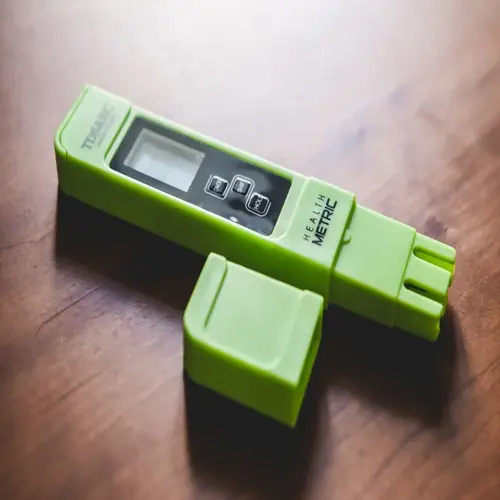Why do fish die despite normal test results?

Written by
Susan Taylor
Reviewed by
Prof. Henry Webster, Ph.D.Finding dead fish, even with perfect water parameters is the nightmare of every aquarist. I found this out to my dismay when my guppies died overnight with 0 ammonia and the ideal pH. Just because the tests come out normal does not mean that conditions are not dangerous. Many other secret factors can cause the death of fish, regardless of water chemistry. If the unlucky aquarist studies the invisible factors, it might save him some of his aquatic pets.
Undetected spikes of poison occur between tests, killing fish swiftly. Ammonia may skyrocket after filter breakdowns or overfeeding and be gone by your next test. I lost an angelfish this way during a power failure. Test immediately after any disturbance of the tank, and also consider the installation of an alarm system.
Improper testing practices cause false negatives that hide real dangers. Expired reagents gave me a false 0 ammonia reading once. Always check the expiry dates of the kits, and make sure you follow the timing instructions exactly. Store the test kit away from heat and humidity to ensure accuracy.
Immediate Investigations
- Check water temperature and oxygen levels
- Inspect filter function and flow rate
- Examine fish bodies for parasites or injuries
- Test water immediately despite recent results
Equipment Checks
- Verify heater thermostat accuracy
- Test air pump output with backup battery
- Confirm filter media isn't clogged
- Ensure power strips function properly
Long-Term Prevention
- Install continuous monitoring systems
- Maintain quarantine tank for new arrivals
- Perform weekly equipment tests
- Keep emergency medications available
Sudden fluctuations in parameters cause stress to fish regardless of what the tests show (average values are often normal). Water temperature drops during water changes upset my discus. pH changes from the addition of decorations can be equally fatal. Always bring new water to the temperature and chemistry of the tanks before pouring it in.
Disease and parasites kill independently of water quality. Velvet disease wiped out half of my tank, and I had perfect parameters. Quarantine new fish for a minimum of four weeks. Observe fish daily for early signs such as flashing or clamped fins. Treat outbreaks in isolation promptly.
Equipment failures can result in silent disasters. A heater failing led to my betta being cooked, while a failed air pump suffocated my tetras. Make sure to install battery backups and check equipment daily, for situations can happen. Your fish rely on consistent environments outside of basic water parameters.
Safeguarding your fish involves a holistic review beyond conventional testing. The first step is observing their behavior, such as feeding and swimming actions. You should also ensure seamless equipment function by confirming operation twice daily. It is also a useful idea to maintain an isolated hospital tank in case of emergencies. This holistic study prevents a mysterious loss in your aquarium.
Read the full article: 7 Essential Aquarium Water Testing Tips
